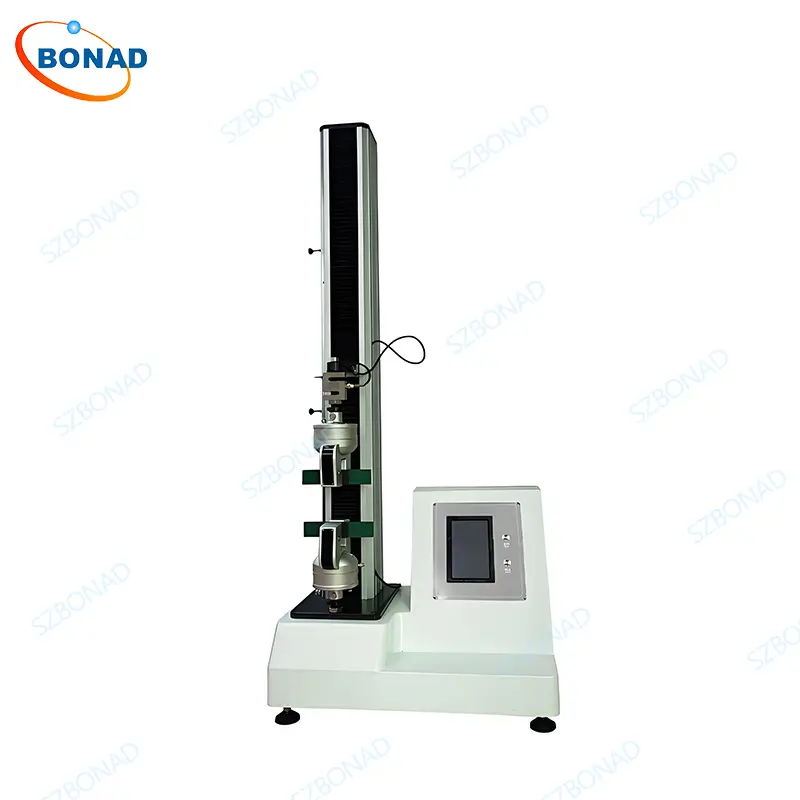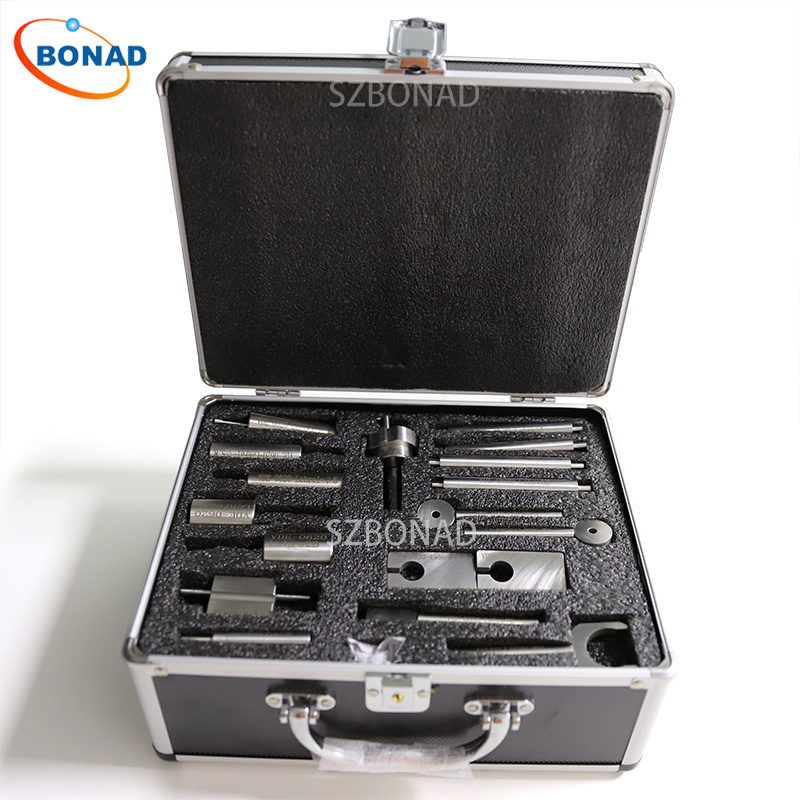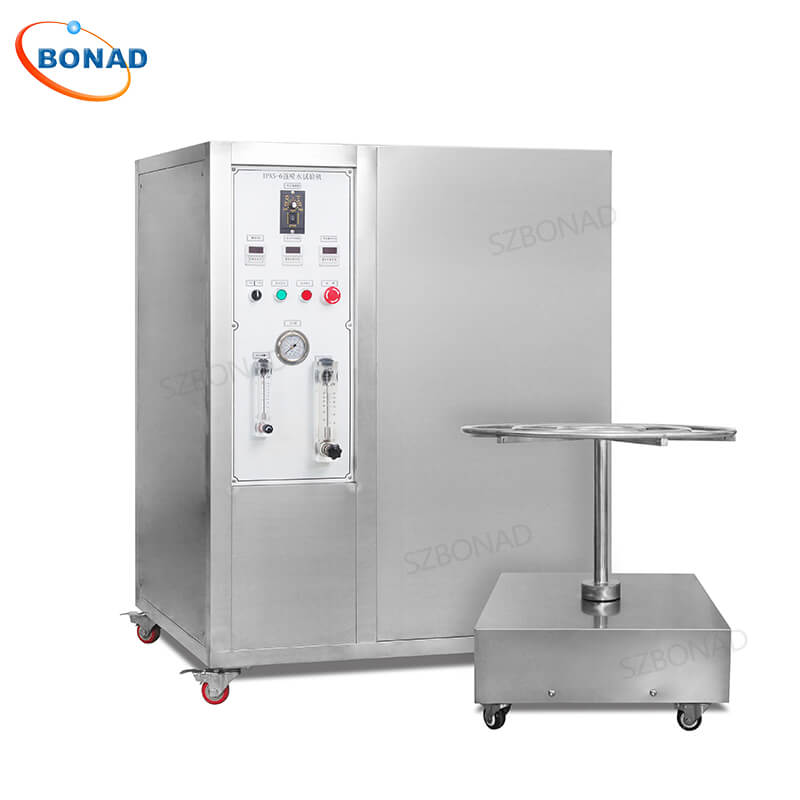Introduction: Why Fabric Strength Matters
Durability is paramount for textiles in industrial applications. Whether it’s protective gear, upholstery, tarps, or technical fabrics, knowing how well a material can withstand stress and resist tearing is critical for performance and safety. Two fundamental types of mechanical tests assess this durability: Tensile Strength Testing and Tear Strength Testing. This guide explores these essential fabric strength tests, their methods, key ASTM standards, and factors influencing results.
Understanding Fabric Tensile Strength
Tensile strength measures a fabric’s resistance to being pulled apart lengthwise. It evaluates both the maximum force the fabric can withstand before breaking (breaking strength/force) and its elongation properties (how much it stretches). Results are typically reported in units of force per unit width (e.g., pounds-force per inch, Newtons per 5 centimeters) or sometimes force per cross-sectional area.
Common Tensile Test Methods (ASTM Standards):
- ASTM D5034 – Grab Test: This method uses grips smaller than the sample width. The grips clamp the fabric sample centrally, primarily loading the yarns gripped directly while allowing surrounding yarns some freedom. It simulates localized stress points.
- ASTM D5035 – Strip Test: This method uses grips wider than the sample. A cut strip of fabric is clamped across its full width, ensuring all yarns within the strip are loaded uniformly. It provides a more fundamental measure of the fabric’s inherent tensile properties.
Does Wet or Dry Testing Affect Tensile Strength?
Absolutely. The strength of many fabrics changes when wet. A classic example is cotton, where wet cotton yarn is often stronger than dry cotton yarn. The specific impact (increase or decrease) depends heavily on the fiber type, finish, and construction. Relevant testing standards often specify whether the test should be conducted on conditioned (dry) or wet specimens.
Key ASTM Tensile Testing Standards Include:
- ASTM D5034: Breaking Strength & Elongation of Textile Fabrics (Grab Test)
- ASTM D5035: Breaking Force & Elongation of Textile Fabrics (Strip Test)
- ASTM D6775: Breaking Strength & Elongation of Webbing, Braided & Rope/Cordage (Static)
- ASTM D7269: Tensile Properties of Aramid Yarns & Yarns Made from Other Polymers
- ASTM D4632: Grab Breaking Load & Elongation of Geotextiles
Understanding Fabric Tear Strength
Tear strength measures a fabric’s resistance to the propagation of an existing rip or cut. Unlike tensile strength which pulls all yarns simultaneously, tear strength relates more to the force required to rupture individual yarns sequentially at the point of the tear. It’s crucial for applications where snagging or punctures are risks.
Common Tear Test Methods (ASTM Standards):
- ASTM D2261 – Tongue Tear (Single Rip): A rectangular specimen is cut partially down the middle to form two “tongues.” These tongues are gripped in a tensile tester and pulled apart, initiating and propagating a tear from the cut point. (e.g., Used for SunMaster fabric testing).
- ASTM D5587 – Trapezoid Tear: A trapezoid-shaped specimen is used. A small initial cut is made at the base of the non-parallel side. The tester grips the non-parallel sides and pulls, causing a tear to propagate across the specimen from the initial cut.
- ASTM D1424 – Elmendorf (Pendulum) Tear: This method uses a pendulum device. A smaller, rectangular specimen with a pre-cut slit is clamped. The falling pendulum arm catches a tab on the specimen, rapidly tearing it. The energy absorbed in tearing is measured. This is a high-speed test.
Tensile and Tear Strength Degradation Over Time
Fabric strength isn’t static. Both tensile and tear strength can diminish significantly over time due to environmental exposure and end-use conditions:
- Sunlight (UV Radiation): A major factor, UV rays break down polymer chains in fibers, leading to embrittlement and reduced strength.
- Moisture & Humidity: Can promote microbial growth, hydrolysis of some fibers, and accelerate UV degradation.
- Wind: Causes cyclic stress and abrasion.
- Temperature Extremes: Can weaken fibers or alter their properties.
- Chemical Exposure: Depends on the chemical and fiber type.
- Inherent Factors: Fiber type (e.g., natural vs. synthetic), denier (fiber thickness), and fabric construction (weave, knit) significantly influence initial strength and degradation rates.



